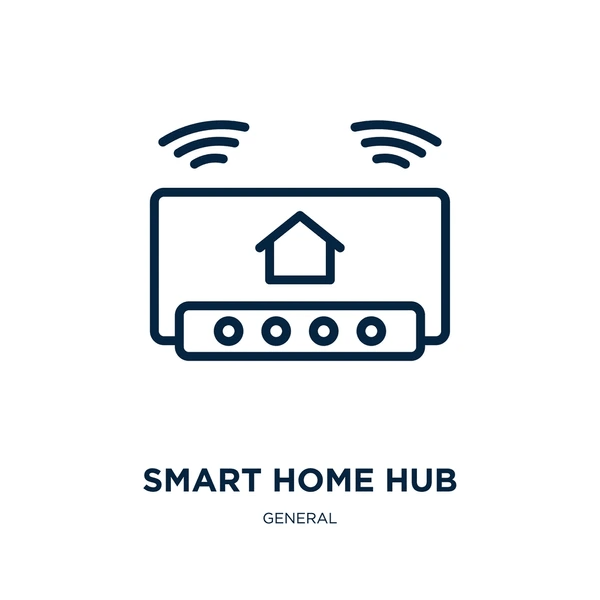smart homes
Meta Description
Discover how smart homes in 2025 are evolving with AI home hubs, smart thermostats, and connected appliances. Explore the top innovations reshaping modern living this year.
Smart Homes Get Smarter: 7 Game-Changing 2025 Tech Upgrades You Need
In 2025, the concept of smart homes has evolved from novelty to necessity. What began as voice-controlled lights or app-connected thermostats has transformed into full-fledged digital ecosystems. With increasing AI integration, connected appliances, and intelligent systems, smart homes now offer not just convenience, but safety, energy savings, and personalized comfort. Let’s explore the seven innovations reshaping the way we live and interact with our homes.
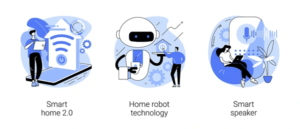
AI Home Hubs Are Becoming Household Command Centers
AI home hubs have emerged as the brains of smart homes. Devices like Amazon Echo, Google Nest, and Apple’s HomePod now serve as centralized controllers for an entire network of devices.
But in 2025, they’ve gone far beyond turning on lights or playing music. These hubs now anticipate your needs based on behavioral patterns. If you leave for work at 8 a.m. daily, your home hub can adjust the temperature, arm the security system, and turn off unnecessary appliances — all automatically.
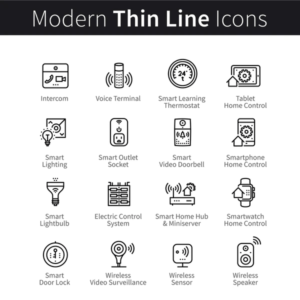
These hubs integrate with your schedule, local weather, and even your commute updates. Some now come with built-in displays to manage calendars, video calls, or shopping lists. The AI learns preferences over time, giving a deeply personalized experience inside smart homes.
Smart Thermostats: Saving Energy with Intelligence
Smart thermostats are leading the charge toward energy-efficient living. Modern versions not only adjust temperatures based on time of day but also analyze external weather data, household activity, and utility pricing to deliver savings.
Many 2025 models can detect which rooms are occupied and redirect airflow accordingly, reducing waste. They also come with features like geofencing, so your home starts warming up or cooling down when it senses you’re heading home.
Smart thermostats play a critical role in lowering energy bills — a feature highly attractive in eco-conscious smart homes.
Voice & Gesture Control Now Dominate Smart Living
Forget remotes or apps smart homes now respond to your voice and movements. In 2025, systems recognize not just speech, but tone, urgency, and context. You can whisper “good night,” and the lights dim, doors lock, and the thermostat adjusts.

Gesture controls are increasingly used in kitchens and bathrooms. Wave your hand to adjust the water temperature or flip through a recipe video. These technologies are especially valuable in hands-busy environments and offer enhanced accessibility.
This frictionless control makes life easier and smarter, especially when integrated through AI home hubs.
Connected Appliances That Think for You
The heart of smart homes lies in their ability to automate routine tasks. Enter connected appliances intelligent devices that can manage themselves.

Refrigerators now monitor expiration dates, suggest recipes, and even reorder groceries when supplies run low. Smart ovens automatically adjust cooking temperatures based on your selected recipe. Washers choose the best cycle based on load type and water conditions.
In 2025, these appliances are also communicating with each other. For example, your dishwasher won’t start during peak energy hours if your smart thermostat is already active, helping you save on utilities. These connected appliances represent a leap in household intelligence and efficiency.
Security Tech for Smart Homes in 2025
Home security has reached a new level in smart homes. With AI-powered doorbells, facial recognition, and motion sensors, your house is safer than ever.

Modern systems alert you instantly if someone approaches your home, even distinguishing between familiar and unfamiliar faces. Smart locks allow temporary access to guests or deliveries, while full house lockdowns can be activated with a single voice command.
Integrated with AI home hubs, you can monitor your entire home in real-time from anywhere in the world — a crucial feature in the age of remote work and travel.
Sustainability Meets Automation
Smart homes in 2025 are not only about luxury — they’re about sustainability. From smart thermostats that cut down on heating waste to connected appliances that run on solar power, tech now plays a vital role in protecting the planet.
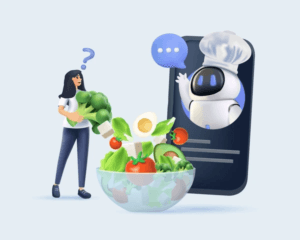
Energy dashboards allow you to monitor and optimize consumption. Rain sensors stop irrigation during wet weather. Smart bulbs adjust their brightness based on natural light, while solar-compatible systems help power your devices.
For eco-conscious homeowners, these advancements provide an excellent balance between comfort and conservation.
Challenges & Considerations in Building a Smart Home
As attractive as smart homes are, they come with challenges. Compatibility between devices remains a concern. While industry standards are improving, not every device “plays nice” with others.
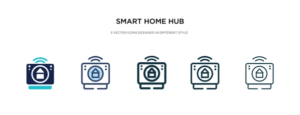
Privacy is another issue. Many devices collect data, raising concerns about surveillance and misuse. Using strong passwords, encrypted networks, and local data storage can help mitigate risks.
Cost can also be a barrier. While prices are dropping, building a fully integrated smart home can still require a significant investment. However, the long-term savings on energy and maintenance often offset the upfront cost.
Conclusion
The future is now, and smart homes are at the center of it. From smart thermostats that cut down energy costs to AI home hubs that personalize your routines, these advancements are changing the way we experience our living spaces.
If you’re planning to upgrade, 2025 offers the most advanced and user-friendly options to date. Whether you’re starting with a few connected appliances or going all in, building a smart home today means preparing for a smarter, safer, and more sustainable tomorrow.
